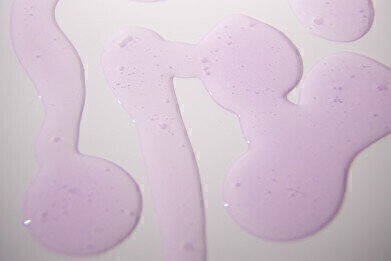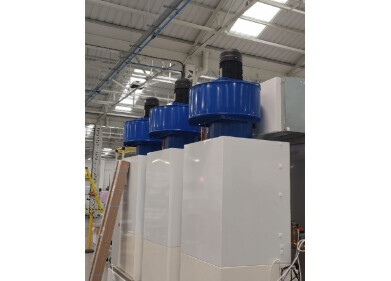Laboratory Products
What Are the Most Common Laboratory Hygiene Problems?
Sep 05 2022
From cross-contamination between samples and specimens to outbreaks of viruses like COVID-19, laboratories face a wide range of hygiene risks. Below, we take a closer look at some of the most common laboratory hygiene problems and how to address them.
With the right strategy, it’s easy to maintain a safe, efficient and hygienic lab. Here are some common mistakes to avoid:
-
One-size-fits-all cleaning protocols
Adopting a one-size-fits-all approach to cleaning is one of the fastest ways to create hygiene issues in laboratories. Ideally, labs should have multiple cleaning protocols in place designed to fit the needs of different equipment and instruments. For example, cleaning laboratory glassware calls for a different method than cleaning agate pestle and mortars or ceramic hot plates. Even the smallest traces of debris can cause cross-contamination and compromise the accuracy of results. This is especially true in biochemistry laboratories. Highly specific cleaning protocols ensure all laboratory equipment and instruments are 100% clean and contaminant-free after every use.
-
External contaminants
Most laboratories enforce a no eating and drinking onsite policy as foodstuffs can easily contaminate work areas. Even the smallest crumbs can affect the integrity of results. Any food or drink should be consumed in a dedicated break room or separate kitchenette. Contaminants like cosmetics, nail polish and hair accessories can also create hygiene problems in some laboratories.
-
Unclear labelling
Failing to clearly label supplies, ingredients and samples can cause accidental contamination in the lab. Over the past few years, companies like Fine Cut Group have been developing a new era of labelling solutions designed to eliminate the manual errors and durability issues associated with handwritten labels. The British-based company uses digital technology such as scannable 1D and 2D barcodes to improve laboratory labelling and streamline workflows. This type of technology not only heightens accuracy but improves hygiene.
-
Lack of handwashing stations
Encouraging personnel to frequently wash their hands is an easy way to improve hygiene in the lab. Not only does handwashing help prevent cross-contamination during experiments but it minimises the risk of spreading viruses such as the common cold and COVID-19.
-
Inadequate spill response supplies
Personnel must have access to sufficient spill response supplies at all times. This includes basics like paper towels, absorbent pads, plastic gloves, pre-wet wipes and surface decontaminants. Easy access to cleaning supplies helps minimise hygiene issues in labs.
A multidimensional approach to laboratory hygiene
From drug research and development centres to food analysis facilities, laboratory cleaning protocols set the bar for a safe and hygienic workplace. We dive deep into the complex and highly specialised realm in ‘Laboratory Hygiene - A Comprehensive Guide’.
Digital Edition
Lab Asia 31.2 April 2024
April 2024
In This Edition Chromatography Articles - Approaches to troubleshooting an SPE method for the analysis of oligonucleotides (pt i) - High-precision liquid flow processes demand full fluidic c...
View all digital editions
Events
Apr 22 2024 Marrakech, Morroco
Making Pharmaceuticals Exhibition & Conference
Apr 23 2024 Coventry, UK
Apr 23 2024 Kintex, South Korea
Apr 23 2024 Seoul, South Korea
Apr 24 2024 Jakarta, Indonesia

.jpg)






.jpg)









